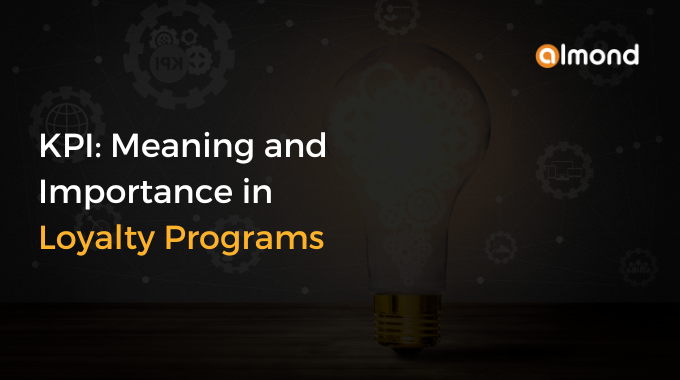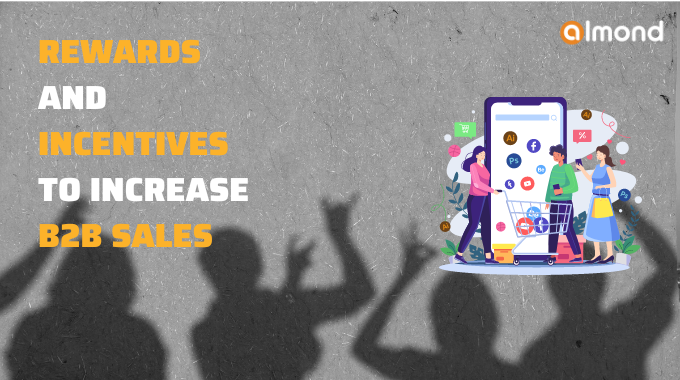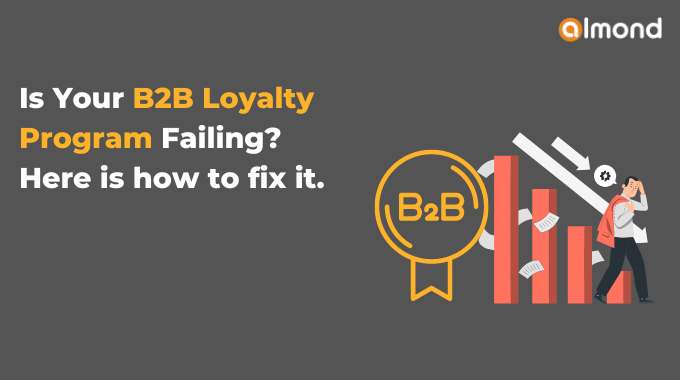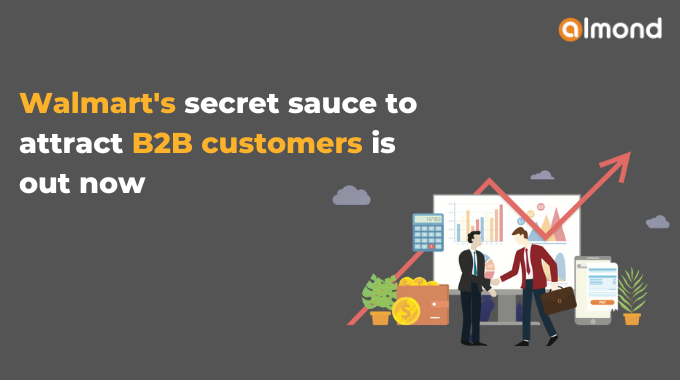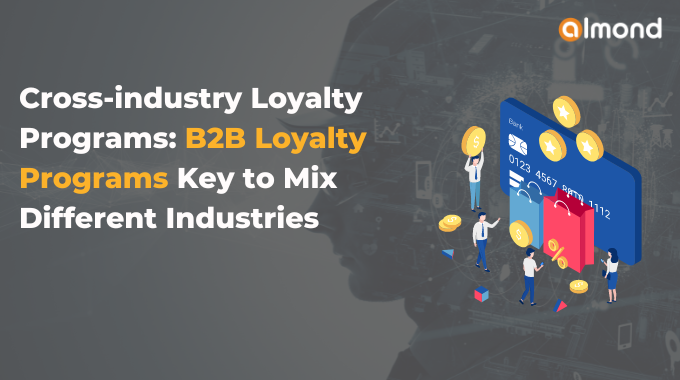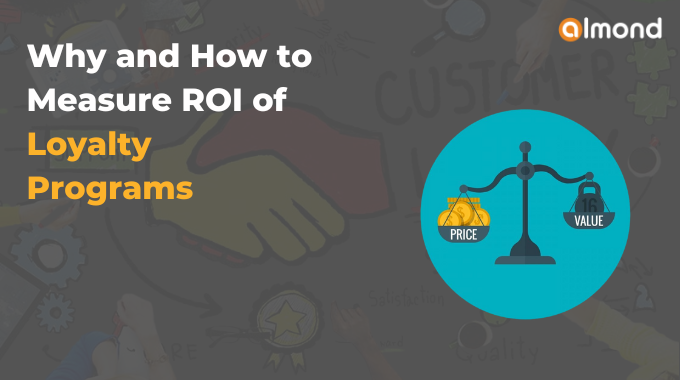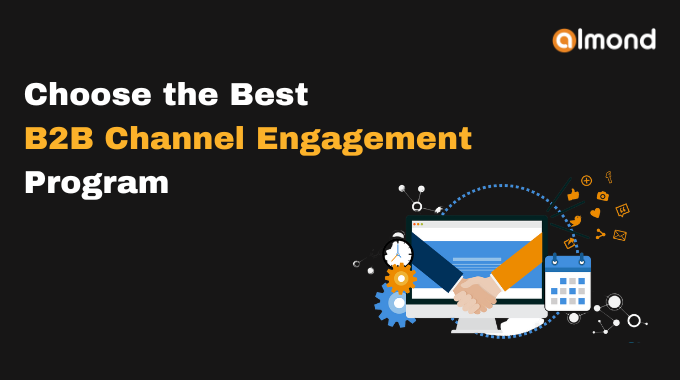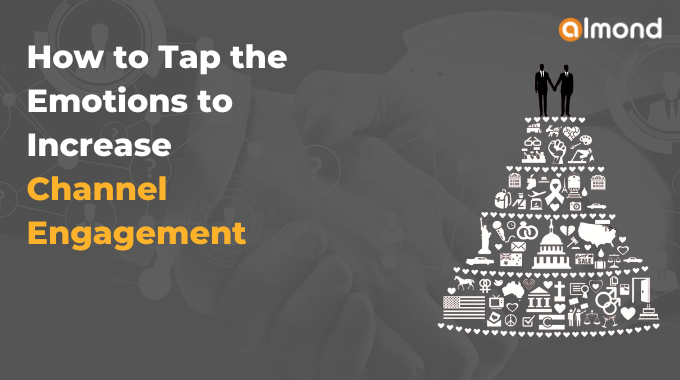B2B Channel marketing is about identifying and targeting the right customers, building relationships with them, and ultimately driving sales. One powerful tool that brands can use to enhance their marketing efforts is psychographics. Before we go any future, let’s introduce “Psychographics!”
It studies personality, values, attitudes, interests, and lifestyles and how these elements influence channel partners’ behavior. By understanding the psychographics of your target customers, you can alter your messaging, content, and marketing strategies to better resonate with your channel partners and increase engagement and, ultimately, sales.
In this blog post, we’ll explore how you can use psychographics to enhance your B2B channel marketing.
Identify Your Target Audience’s Psychographics
The first step in using psychographics to enhance your B2B channel marketing is identifying your target channel partners’ psychographics. You can do this by researching, analyzing data, and building customer personas. Here are some critical psychographic factors and related questions to consider:
- Values and beliefs:
What values and beliefs do your target customers hold? Are they environmentally conscious? Do they prioritize innovation and technology? Do they value social responsibility? - Interests and hobbies:
What are your target customers interested in? What hobbies do they have? Do they enjoy sports, music, or travel? - Lifestyles:
What is the lifestyle of your target customers? Are they busy professionals who value convenience? Do they prefer to work remotely or in an office? - Attitudes:
What attitudes do your target customers have toward your industry, products, and company? Are they skeptical or enthusiastic? - Personality traits:
What are personality traits common among your target customers? Are they outgoing or introverted? Are they detail-oriented or big-picture thinkers?
Target-Specific Messaging and Content
Once you have identified your target audience’s psychographics, you can tailor your messaging and content to better resonate with them. Here are some tips:
- Use language and tone that aligns with your target audience’s values and beliefs. For example, if your target customers are environmentally conscious, use language emphasizing sustainability and social responsibility.
- Incorporate topics and themes that align with your target audience’s interests and hobbies. For example, incorporate sports-related content and messaging if your target customers enjoy sports.
- Make your content and messaging relevant to your target audience’s lifestyle. For example, if your target customers are busy professionals, ensure your content is easy to consume and doesn’t require much time.
- Align your messaging with your target audience’s attitudes toward your industry, products, and company. For example, if your target customers are skeptical, use messaging that emphasizes your company’s credibility and expertise.
- Use visuals and design elements that align with your target audience’s personality traits. For example, if your target customers are detail-oriented, use visuals that are visually appealing and informative.
Psychographic Segmentation
Another way to use psychographics to enhance your B2B channel marketing is to use psychographic segmentation. Psychographic segmentation involves dividing your target audience into groups based on their psychographics. By doing this, you can create targeted marketing campaigns tailored to each group’s specific needs and interests. Here are some tips for using psychographic segmentation:
- Use data and analytics to identify different psychographic segments within your target audience.
- Create targeted marketing campaigns tailored to each psychographic segment’s specific needs and interests.
- Use different messaging, content, and marketing channels for each psychographic segment.
- Measure the effectiveness of your psychographic segmentation and adjust your marketing campaigns accordingly.
Social Media to Connect with Your Target Audience
Social media is a powerful tool for connecting with your target audience and understanding their psychographics. Here are some tips for using social media to enhance your B2B channel marketing:
- Use social media listening tools to monitor conversations about your industry and products. It can help you identify common themes, topics, and concerns among your target audience.
- Engage with your target audience on social media by responding to comments, sharing relevant content, and starting conversations. It can help you build relationships and better understand your target audience’s psychographics.
- Use social media advertising to target specific psychographic segments within your target audience. For example, you can create Facebook ads targeting people interested in sustainability or innovation.
- Use social media analytics to measure the effectiveness of your social media marketing efforts and adjust your strategy accordingly.
Personalize Your Marketing
Finally, one of the most effective ways to use psychographics to enhance your B2B channel marketing is to personalize your marketing. Personalization involves tailoring your marketing efforts to each customer’s specific needs, interests, and preferences. Here are some tips for personalizing your marketing:
- Data and analytics are used to understand each customer’s psychographics, behavior, and preferences.
- Use this data to create targeted marketing campaigns personalized to each customer’s needs and interests.
- Use personalized messaging, content, and marketing channels to engage each customer and build relationships.
- Measure the effectiveness of your customised marketing efforts and adjust your strategy accordingly.
Conclusion
Psychographics can enhance your B2B channel marketing efforts by understanding your target channel partner’s personality, values, attitudes, interests, and lifestyles. So, you can alter your messaging, content, and marketing strategies. It allows you to use human behavior effectively.
With these strategies mentioned, you can create targeted marketing campaigns tailored to each channel partner’s specific needs and interests, ultimately driving sales and building long-term relationships with them.

